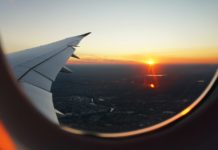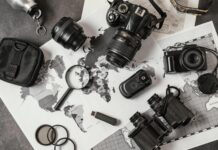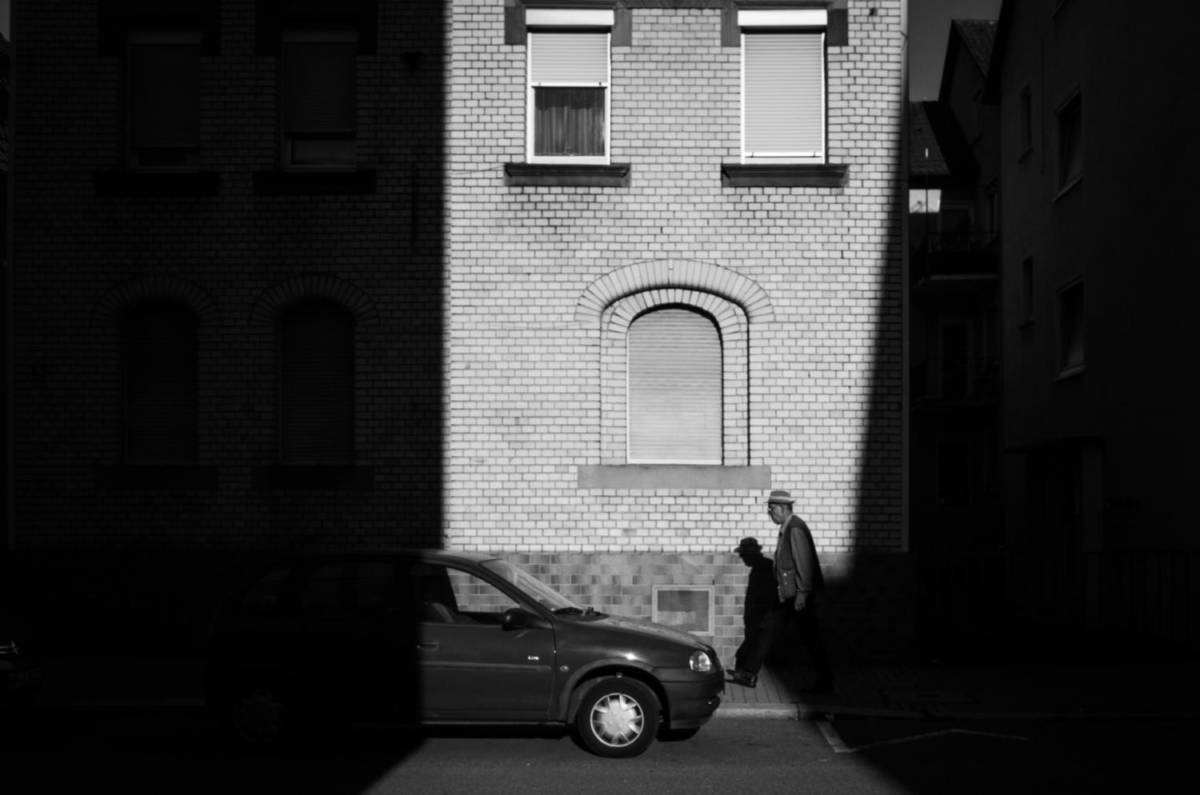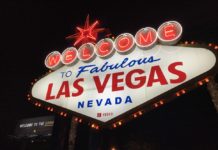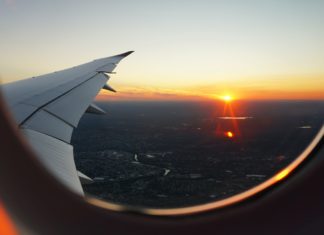As Street Photographers, a lot of our focus is dedicated to our subjects and everything in front of them. But what lies behind them deserves our attention as well. With a background that is complementary to the subject, the picture achieves a new level of quality. Contrary, the image can be disrupted by a chaotic background in photography that distracts the viewer.
What qualifies as a good Background in Photography?
In general, every layer from front to back should put the subject in the scene. While the middle ground is often the main actor, the front, and background in photography work as support roles. As such, they shouldn’t soak up the main attention or work against our motive. To achieve the right spotlight for our main actor, the background in your photographs shouldn’t be more interesting than what our actual focus is. If for example you have a lot of people, or any other action going on in the background, it helps to focus on the essential, which in this case means to reduce the “background noise” to a minimum. Another goal is that the subject should be easily distinguishable from the backdrop. This can be achieved by having a high contrast – most easily observable in B&W photos – and avoiding the overlapping of the subject with the background.
How can we achieve the ideal Backdrop?
Now follow some tips for the right background in photography to increase the quality and improve the synergy between the layers.
Get Closer
Once again the iconic quote from Robert Capa “If your picture isn’t good enough, you aren’t close enough” can improve the image. If your background is too chaotic and no angle can help you, one solution is to simply increase the ratio in favor of your subject. If you get closer more of the frame will be inhibited by the subject and less background noise will be visible.
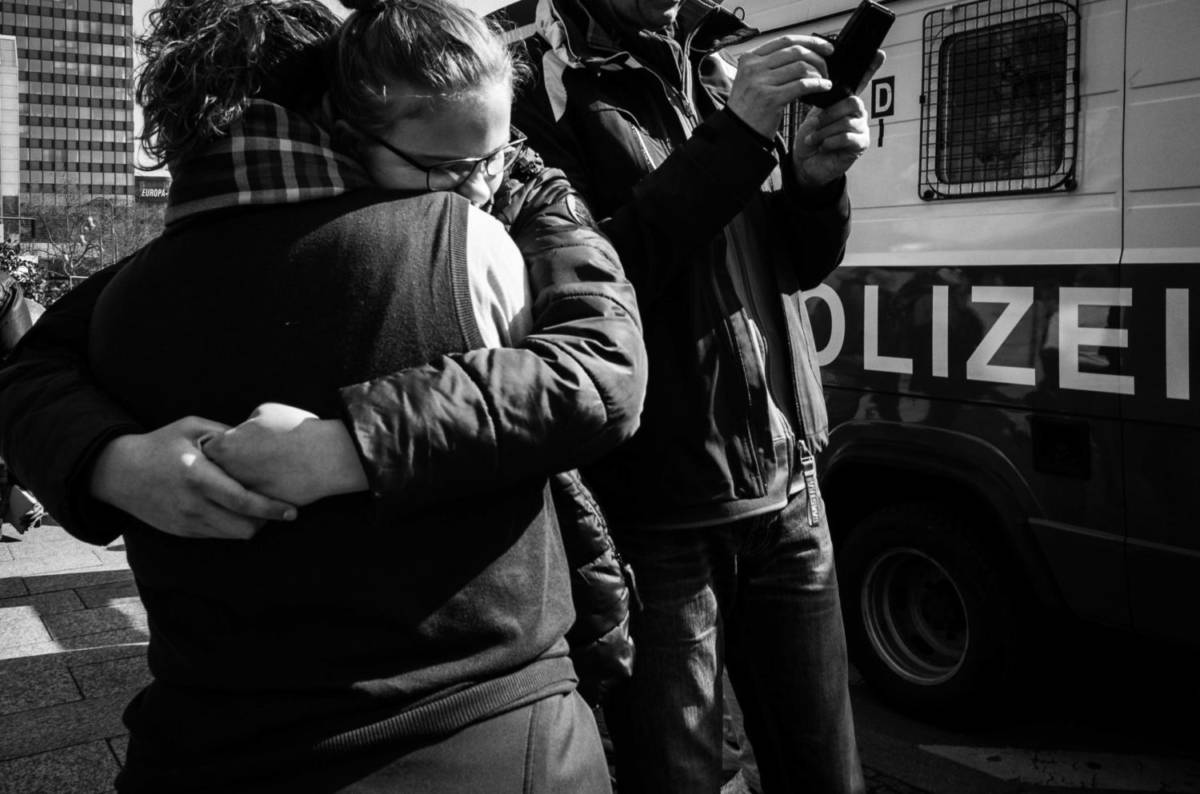
Experiment with Angles
If you are in a wide open square downtown and can’t find the right direction for a nice background, the sky is your friend. Try to get as low as possible and photograph from a low point of view against the sky. Under normal circumstances, this also offers the advantage that you create a natural contrast and your subject will separate greatly from the skyline.
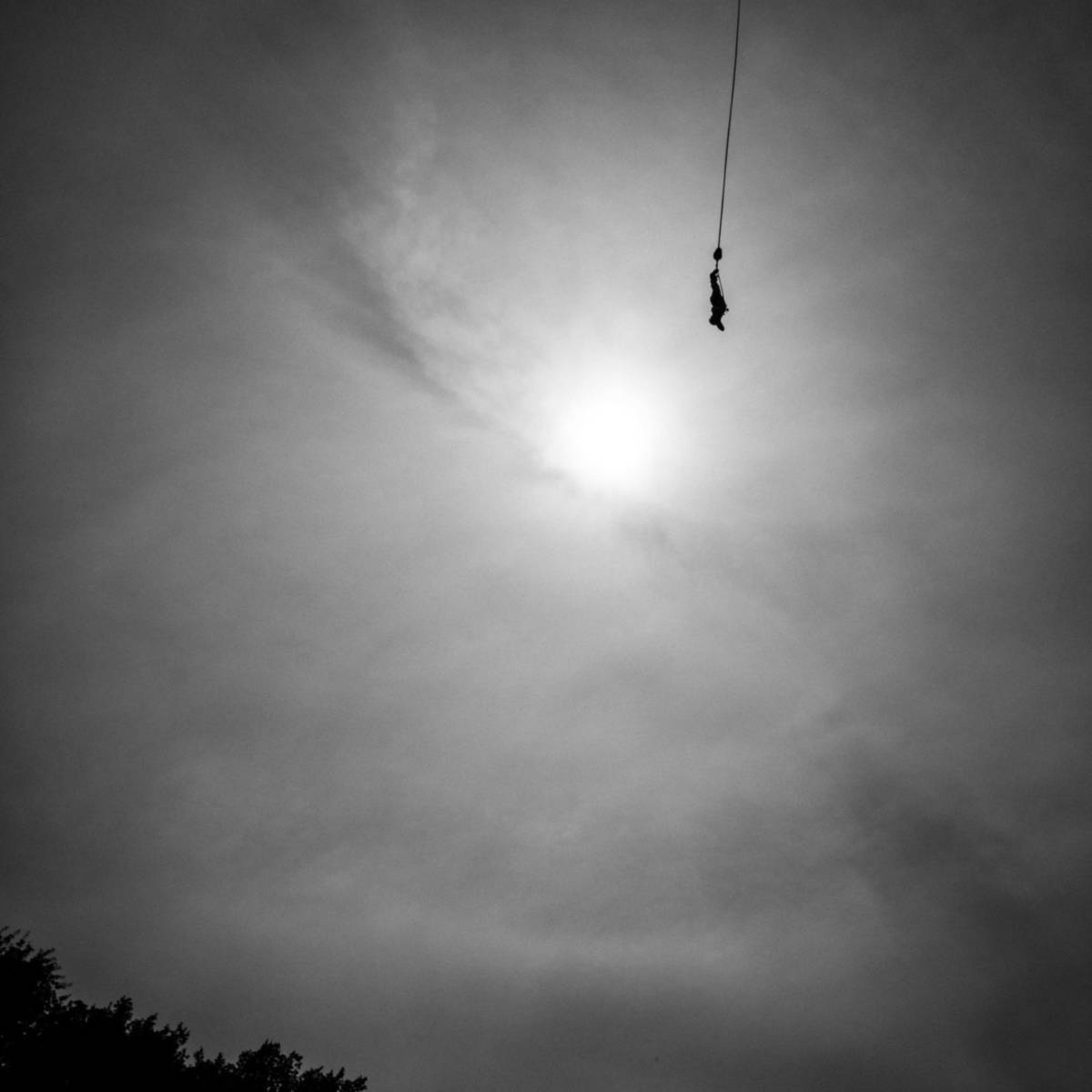
Photograph against the Exterior Walls
This is a practical tip for your casual strolls on the sidewalk. During your walk, try to be closer to the street so that the people that you can photograph are in front of the buildings. Shooting with the street in the background is always a difficult task and in general, will result in distracting backgrounds.
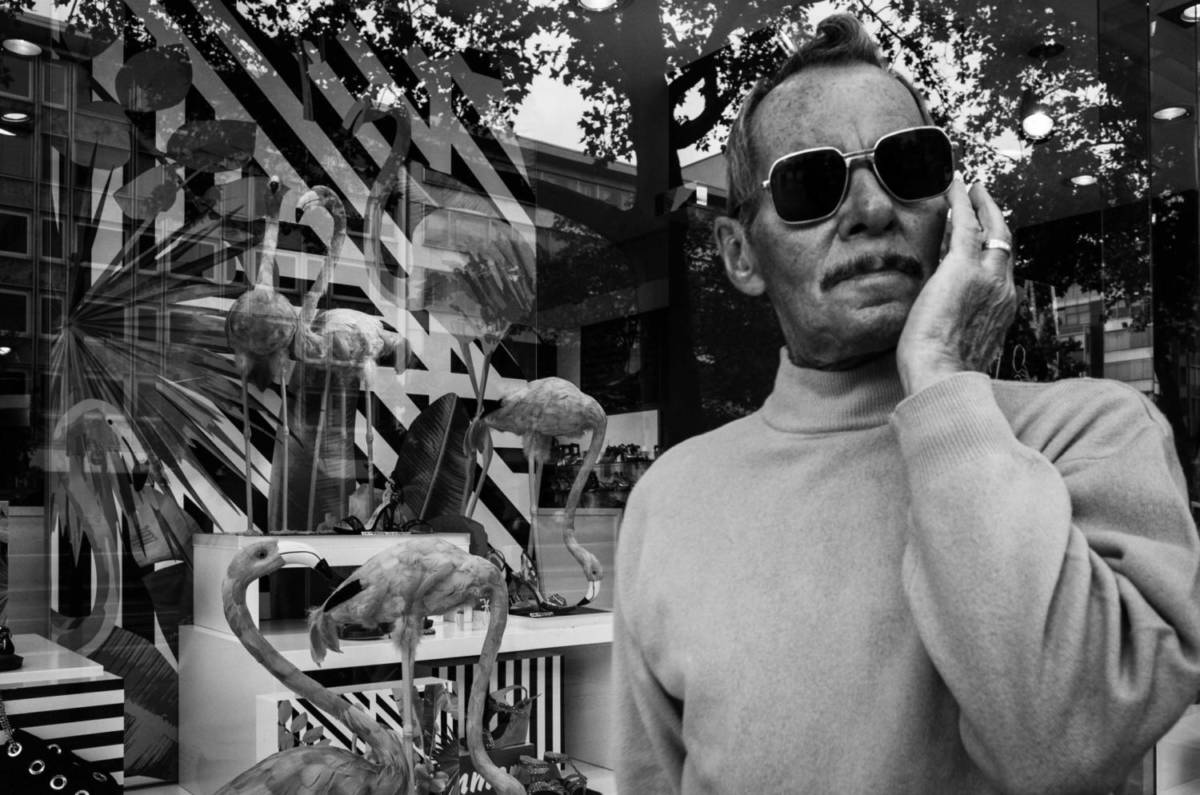
Search for the Background in Photography first
Sometimes it is easier to create a great image by finding the stage first and letting the actors enter the second. If you discover some nice architecture, great lighting or some wall art, all you need is a person that completes the scene.
With the right backdrop, You can also easily create some Juxtapositions.

Use a flash
Shooting with a flash allows you to underexpose the background and let the subject stand out more. Combined with a short distance you are able to focus more on the person and creating some sort of spotlight yourself. This can allow for some mistakes, but shouldn’t lead to you working more sloppy or neglect everything behind your subject.
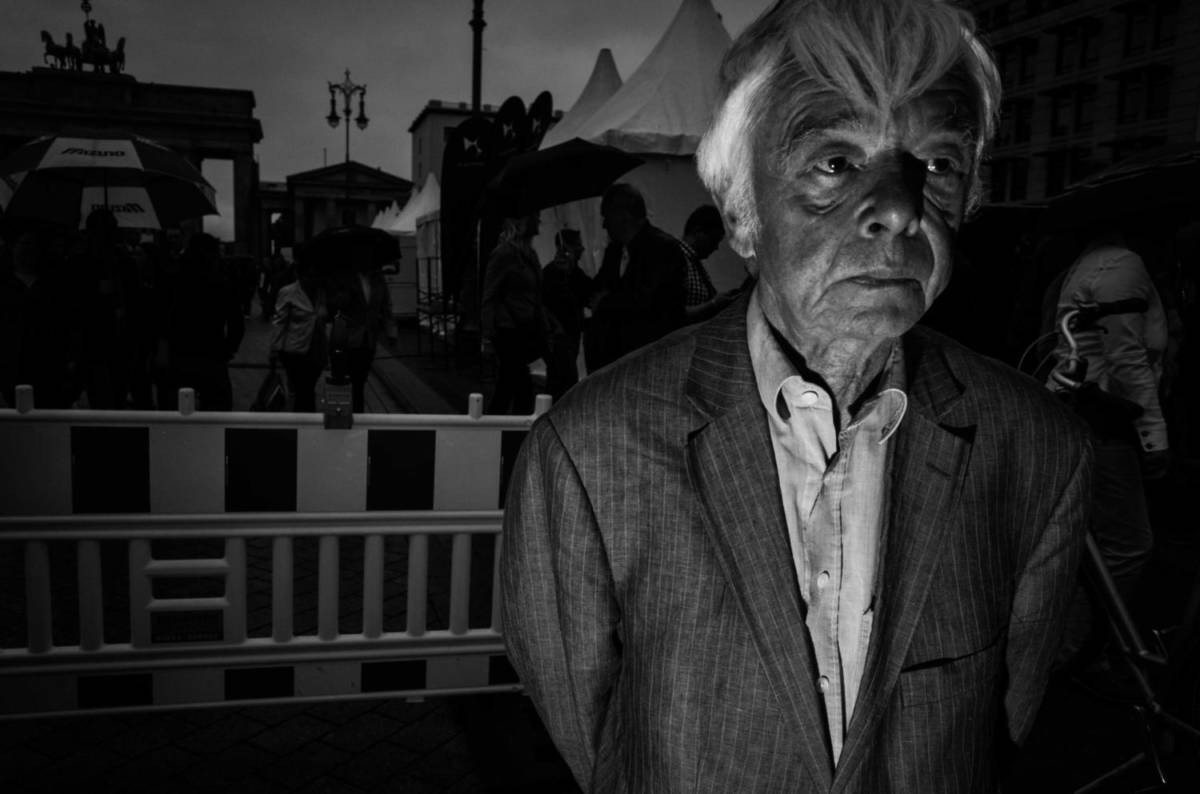
What about Bokeh?
An often used band-aid in Portrait Photography is to shoot with an open aperture. A wide open aperture with a “long lens” above 50mm allows a very shallow depth of field and blurs out the background to a great deal. But the truth is, that it doesn’t compliment the picture. If the background in Your Photography is not working or complimenting your subject, blurring it out may make it less distracting, but you lose all the value of the layer behind the subject. Either the image works, or it doesn’t but essentially cutting out a lot of space won’t make the picture better. So try to do it the right way in the first place without the need to fix it later.
Stay Curious
Sebastian Jacobitz

